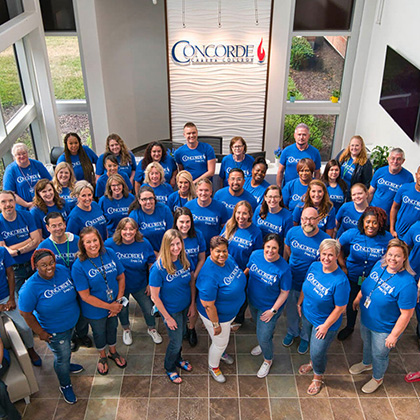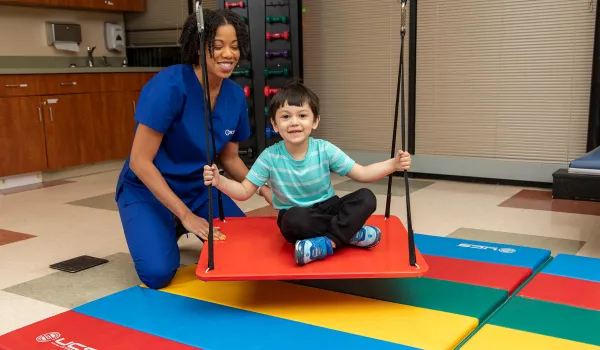Concorde Staff

Many people don't give much thought to keeping food safe before consumption. In fact, it's probably rare for most of us to do much more than store our food in the refrigerator or conduct the "smell test" to check food for safety. However, in honor of World Health Day on April 7, we're going to cover a few food safety basics to help you make sure your food is safe before you eat it. The following are recommendations by the United States Department of Agriculture.
Shopping
Yes, even shopping for food comes with its own set of risks. These three measures will help you keep your food safe from the store, all the way home.
- Always make sure food packaging is secure and unbroken before buying - especially with meats and other perishables.
- Do not buy food past the "sell-by" or "use by" expiration dates.
- Purchase refrigerated or frozen food items after you've already grabbed everything else you need.
Storage
It's easy to store food incorrectly if you're not sure about the rules. Follow these simple steps to keep your food stored safely.
- Refrigerate perishable foods within two hours of being at room temperature. If the temperature exceeds 90 degrees, make sure they get refrigerated after just one hour.
- Ensure your refrigerator temperature is set at 40 degrees or below. Your freezer should be at 0 degrees or below.
- Wrap meat and poultry securely to maintain quality and prevent meat juices from contaminating other foods.
- Canned foods are safe indefinitely as long as they aren't exposed to freezing or above 90-degree temperatures. Make sure to throw out any cans that are dented, rusted or swollen.
Preparation
About to prepare a meal? Follow these rules of thumb.
- Always wash your hands with warm water and soap for at least 20 seconds before and after handling raw foods and meats.
- Avoid cross-contaminating foods by keeping raw meat, fish, poultry and their juices away from other foods. Remember to wash any cutlery, cutting boards, dishes or other utensils that touch raw foods with soap and water.
- When marinating meat, make sure it's kept in a covered container or bag so it doesn't come in contact with other foods.
Thawing
Believe it or not, there are proper ways to thaw foods. Here are the guidelines.
- If you have extra time, the safest way to thaw frozen food is to put it in the refrigerator.
- For faster thawing, place your frozen food in a plastic bag then submerge it in cold tap water. Change the water every half hour and cook immediately after it thaws.
- For an extra fast thaw, use your microwave's "defrost" setting, and cook immediately after your food is thawed.
Cooking
Finally ready to cook? Follow these rules.
- For ground meats, the minimum internal temperature should be 145 degrees before the meat is done.
- For poultry, you should make sure the minimum internal temperature reaches 165 degrees.
Serving
Don't let this section trip you up. When serving food, stick to the following advice.
- Serve hot foods at 140 degrees or warmer.
- Serve cold foods at 40 degrees or colder.
- Don't leave perishable foods out for more than two hours at room temperature - one hour if the temperature is 90 degrees or above.
Leftovers
Not sure about the leftover Chinese food in your fridge? This is the section you've been waiting for.
- You have four days to consume cooked leftovers after storing them - no exceptions.
- After a meal, put your leftovers in a shallow container or bag - then place them immediately in the refrigerator or freezer.
- Always reheat cooked leftovers to an internal temperature of at least 165 degrees before serving.
Refreezing
Just one rule to follow here...
Meat or poultry that has been defrosted in the refrigerator may be refrozen before or after cooking. If thawed using the microwave or water method, cook the food before refreezing.

Next Steps?
We have a Concorde representative ready to talk about what matters most to you. Get answers about start dates, curriculum, financial aid, scholarships and more!



